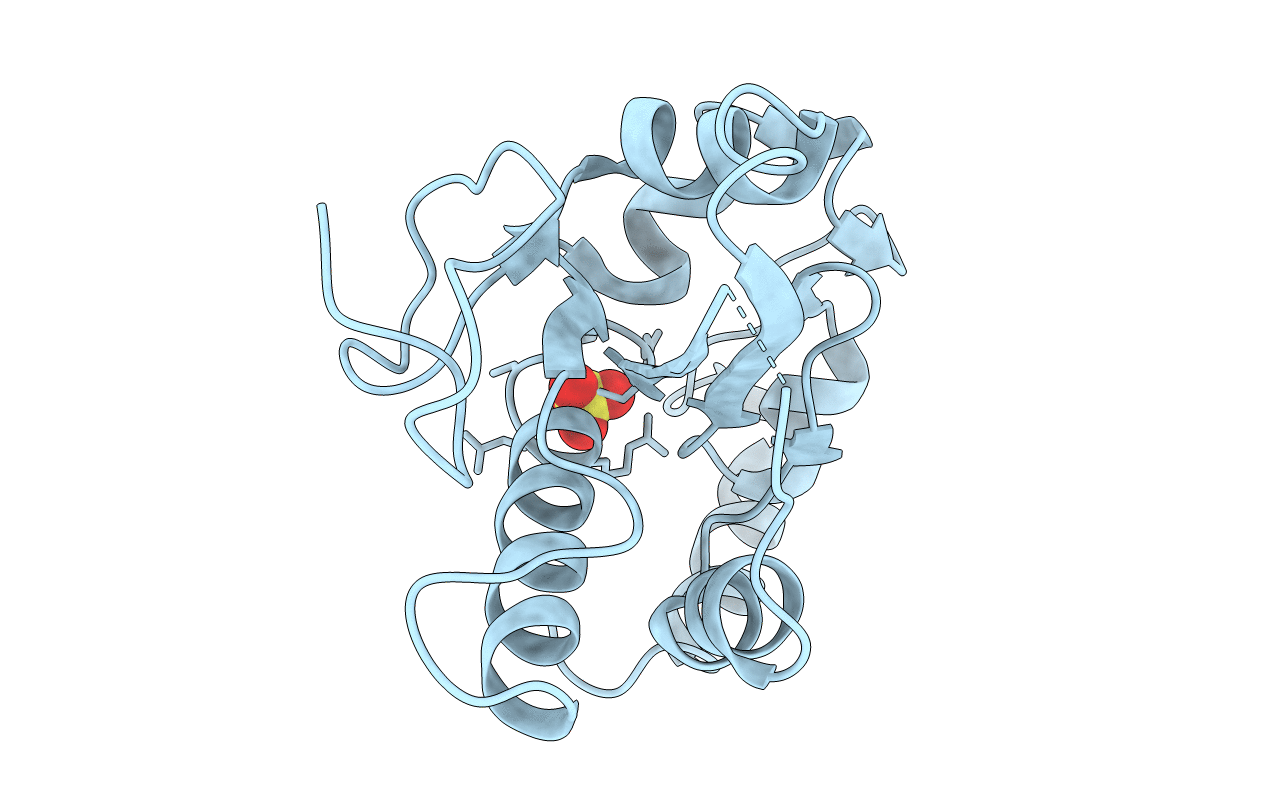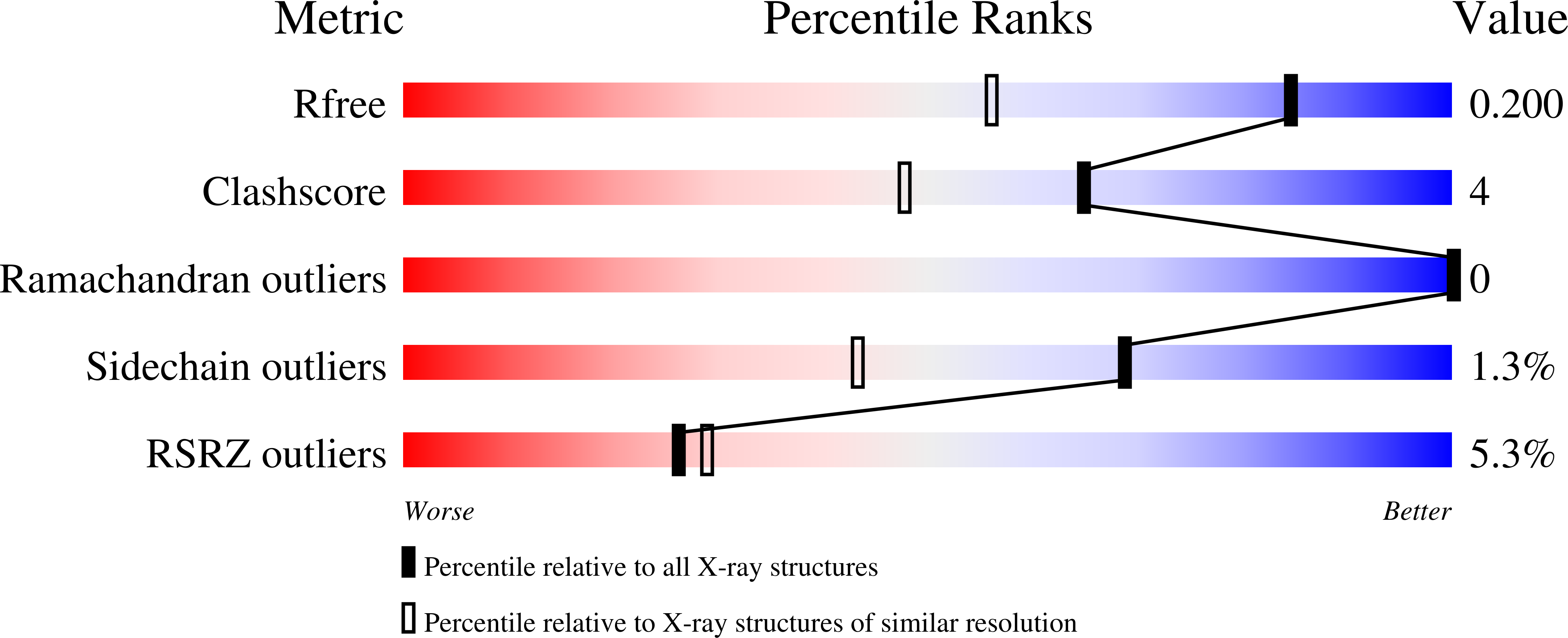
Deposition Date
2005-06-22
Release Date
2006-01-03
Last Version Date
2023-08-23
Entry Detail
PDB ID:
2A2K
Keywords:
Title:
Crystal Structure of an active site mutant, C473S, of Cdc25B Phosphatase Catalytic Domain
Biological Source:
Source Organism:
Homo sapiens (Taxon ID: 9606)
Host Organism:
Method Details:
Experimental Method:
Resolution:
1.52 Å
R-Value Free:
0.19
R-Value Work:
0.18
R-Value Observed:
0.18
Space Group:
P 21 21 21


